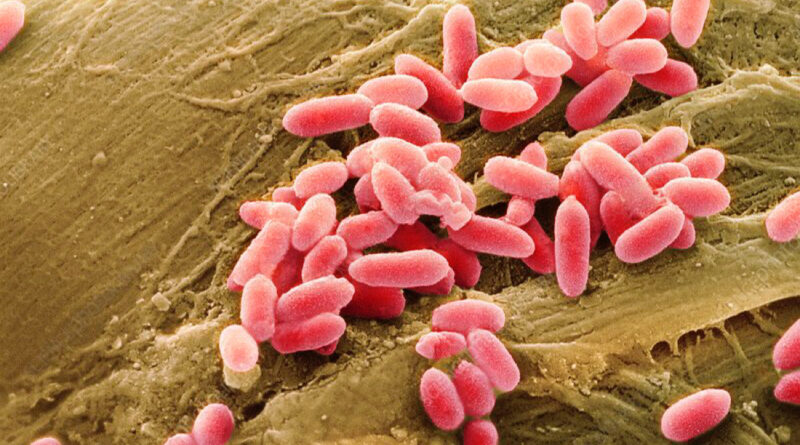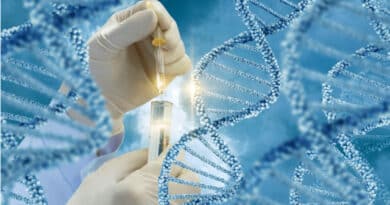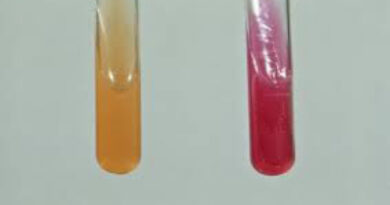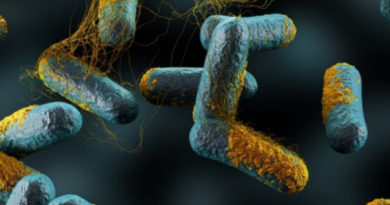The Cultural Characteristics of Pseudomonas Bacteria
Pseudomonas is a diverse genus of bacteria known for its metabolic versatility and environmental adaptability. These bacteria are found in a variety of habitats, including soil, water, plants, and animals. They are important in both natural ecosystems and clinical settings due to their roles in nutrient cycling, bioremediation, and pathogenesis. This article delves into the cultural characteristics of Pseudomonas bacteria, which are crucial for their identification, study, and application.
Morphology and General Characteristics
Pseudomonas bacteria are Gram-negative, rod-shaped microorganisms. They typically measure about 1-5 micrometers in length and 0.5-1 micrometer in diameter. They are motile due to the presence of polar flagella, which also play a role in their chemotactic behavior.
Growth Conditions
Pseudomonas species thrive in a wide range of environments and can grow in diverse conditions:
– Temperature: They are generally mesophilic, with optimal growth temperatures between 25°C and 37°C. However, some species can grow at temperatures as low as 4°C or as high as 42°C.
– Oxygen Requirements: Pseudomonas are obligate aerobes, requiring oxygen for growth. They can also grow in microaerophilic conditions due to their efficient respiratory systems.
– pH: They prefer neutral to slightly alkaline conditions (pH 6.0-9.0).
Nutrient Utilization
One of the defining features of Pseudomonas bacteria is their remarkable metabolic flexibility:
– Carbon Sources: They can utilize a wide array of organic compounds as carbon sources, including sugars, fatty acids, alcohols, and aromatic compounds.
– Nitrogen Sources: They can assimilate various nitrogen sources, such as ammonia, nitrate, amino acids, and nitrogenous organic compounds.
Colony Morphology
On solid media, Pseudomonas colonies exhibit distinctive characteristics:
– Color: Many species produce pigments, which can vary in color. For instance, Pseudomonas aeruginosa produces pyocyanin (blue-green) and pyoverdine (yellow-green).
– Texture: Colonies are typically smooth, mucoid, or rough, depending on the strain and environmental conditions.
– Odor: Some species, particularly P. aeruginosa, produce a characteristic grape-like or tortilla-like odor.
Selective and Differential Media
Various media are used to isolate and differentiate Pseudomonas species:
– Pseudomonas Isolation Agar (PIA): This medium contains selective agents such as irgasan, which inhibit the growth of most other bacteria. Colonies of Pseudomonas appear pigmented and may produce a characteristic sheen.
– Cetrimide Agar: This selective medium is used to isolate P. aeruginosa. Cetrimide enhances the production of pyocyanin and pyoverdine, aiding in identification.
– King’s A and B Media: These media are used to detect pigment production. King’s A medium promotes pyocyanin production, while King’s B medium supports the production of fluorescein.
Biochemical Characteristics
Pseudomonas species can be identified through various biochemical tests:
– Oxidase Test: Pseudomonas are oxidase-positive, which helps distinguish them from Enterobacteriaceae.
– Catalase Test: They are catalase-positive, breaking down hydrogen peroxide into water and oxygen.
– Nitrate Reduction Test: Many Pseudomonas species can reduce nitrate to nitrite or nitrogen gas.
– Gelatin Liquefaction: Some species can hydrolyze gelatin, causing liquefaction.
Pathogenicity and Clinical Relevance
Certain Pseudomonas species are opportunistic pathogens, notably P. aeruginosa, which can cause infections in immunocompromised individuals. These infections are often challenging to treat due to the bacteria’s intrinsic resistance to many antibiotics and disinfectants.
Environmental and Industrial Applications
Beyond their clinical significance, Pseudomonas species are important in various environmental and industrial processes:
– Bioremediation: They degrade environmental pollutants, including hydrocarbons and heavy metals.
– Biocontrol: Some species suppress plant pathogens, promoting plant growth.
– Biotechnology: Their enzymes and metabolic products are harnessed in industrial applications, such as biosurfactants and biofertilizers.
Conclusion
Pseudomonas bacteria are remarkable for their ecological versatility, metabolic diversity, and significant roles in both nature and human health. Understanding their cultural characteristics is essential for their identification, study, and application in various fields. Whether in clinical diagnostics or environmental biotechnology, Pseudomonas continues to be a genus of great scientific and practical interest.



